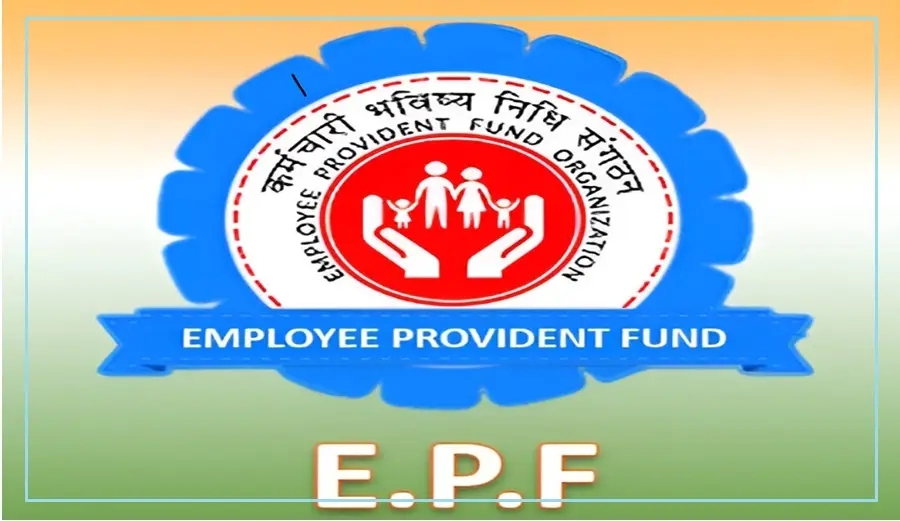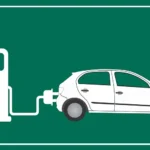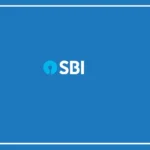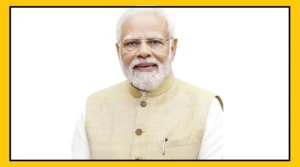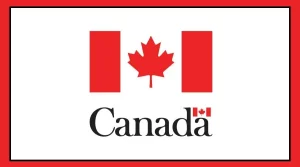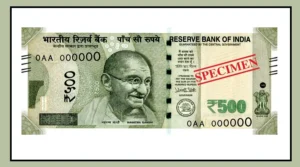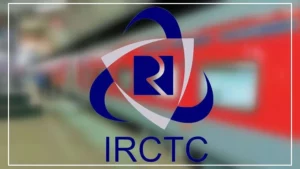The Employees’ Provident Fund Organization (EPFO) has made important changes to its withdrawal rules.
The decisions were taken during a recent meeting of the Central Board of Trustees (CBT).
Some rules have been relaxed while others have been tightened, creating confusion among members.
To clarify, the Union Ministry of Labor and Employment has released detailed guidelines.
75% of PF Can Be Withdrawn Immediately After Job Loss
Under the new rule, if an employee becomes unemployed, they can now immediately withdraw up to 75% of their EPF balance — including both employer and employee contributions along with interest.
However, to withdraw the remaining 25%, the employee must wait 12 months from the date of unemployment. Earlier, the full 100% withdrawal was allowed after just two months.
A full PF withdrawal (100%) is still allowed in cases such as retirement (after 55 years), permanent disability, inability to work, retrenchment, voluntary retirement, or permanent migration abroad.
Partial Withdrawal Rules Simplified
EPFO has also simplified the partial withdrawal process. Earlier, there were 13 different rules for partial withdrawals — now they’ve been merged into a single, simplified framework.
Members can now withdraw up to 100% of their eligible PF balance, including both employee and employer contributions. Earlier, only 50–100% of the employee’s share and interest could be withdrawn.
This means the eligible amount for withdrawal has now increased to 75%, making the process much more flexible for members.
Minimum Service Period Reduced
The minimum service period for partial withdrawals has now been reduced to 12 months for all purposes.
Earlier, it varied depending on the reason — sometimes up to 7 years. Now, just one year of service makes an employee eligible for partial withdrawal.
25% Balance Must Be Maintained in EPF Account
EPFO has introduced a new rule that requires members to maintain at least 25% of their contribution balance in their EPF account at all times.
This rule aims to ensure employees have enough savings at retirement, as frequent withdrawals were leaving accounts with very low balances. Interest will continue to be added to the remaining amount.
Withdrawals Made Easier — No Need to State Reasons in Some Cases
The EPFO has grouped all partial withdrawals into three main categories —
Essential needs (like illness, education, marriage),
Residential needs, and
Special circumstances.
Now, members can withdraw their PF up to 10 times for education and 5 times for marriage — compared to just three times earlier.
Additionally, for special circumstances, members no longer need to provide specific reasons such as natural calamity, company closure, or epidemic.
This change will make the process faster and reduce claim rejections.


